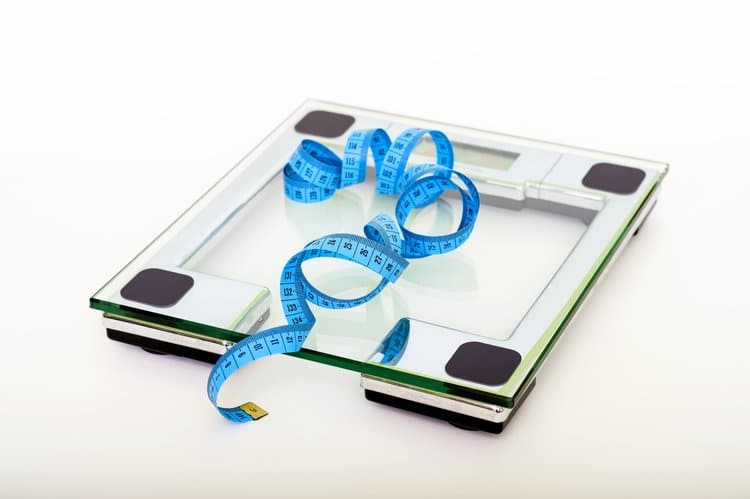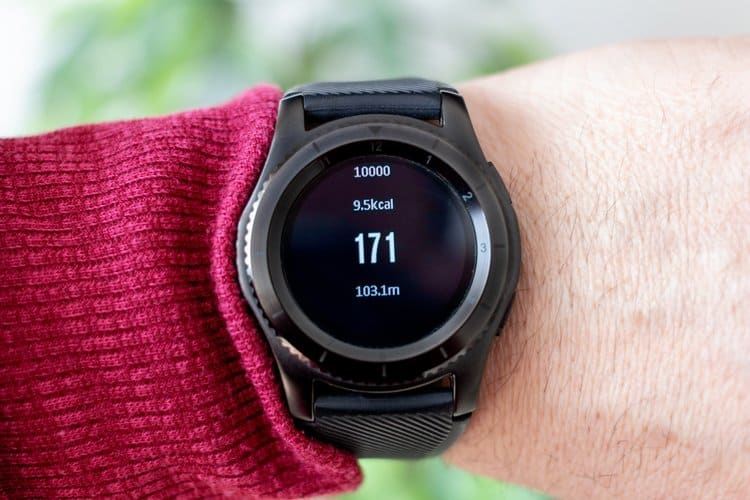
I was talking to one of my gym-owner friends this week and we got on the topic of fitness being such a new industry.
A first-generation industry, if you will.
After all, how many retired personal trainers do you know?
On the one hand, this makes it super exciting.
We’re learning new things about the human body all the time, and there are lots of progression in how things are done and service is delivered, with constant improvement.
On the other hand, it’s challenging.
There is no “best practice”, there are strangely very few rules, and to a certain degree, it’s the wild west.
This leads to a lot of “old” information clashing with “new” information, without an absolute authority to say “this is best practice”, and it might be a while until better ways are fully embraced.
Here are 3 “old” things that I hope go away, and 3 things you can do instead to get to your goals with less frustration.
PROBLEM 1 – THE SCALE

You probably saw this coming – we all know the scale isn’t a great way to measure progress as muscle is denser than fat, so you can be losing fat and building muscle and the scale stays the same.
Yet, even when we intellectually know the scale is flawed, we still get frustrated when the numbers are going down.
I get it – it’s demotivating to feel like you are putting in lots of effort, eating well, managing your sleep, and then it feels like you aren’t making progress.
Here’s what to do instead:
Ditch the scale (quite literally remove it from your house) and focus on measurements and how your clothes fit.
There is no perfect weight for you or anyone else. And even when you think there is, when you dig deep you are really looking for a feeling or clothing fitting better anyways.
Instead of checking your body weight on the scale, take a couple of body measurements to truly see progress:
- Waist circumference at the belly button
- Hips at the widest part of your butt
- Your arm in the middle of your biceps
Regardless of what the scale says, if your waist is decreasing you are losing fat.
And if your arms are staying the same you’ve hit the holy grail – building muscle while burning fat.
PROBLEM 2 – MEASURING SUCCESS BY HOW HARD YOU WORK OR HOW MANY CALORIES YOU BURN

There is some cool technology coming out to measure progress, one of which is heart rate monitors that are becoming more accurate at predicting calories burned in a workout.
Disclaimer – even the good ones nowadays are off by about 30%, so they are improving but still pretty inaccurate.
The data is cool, but it’s easy to fall into the trap of “the more calories burned and the harder I worked the more effective the workout”.
The problem with this is twofold:
- Pushing yourself to your limit every day is a recipe for injury, burnout, and frustration. You get weaker while you exercise and stronger while you recover.The harder you work, the longer you need to recover, and if you are pushing hard every day you aren’t recovering and are actually getting weaker. Counterintuitive, I know.
- Exercise is not a great way to burn calories. It’s the equivalent of saying “I’m going to walk faster so I can get to Muskoka quicker”.Yes, it may be true the faster you walk the sooner you’ll get there, and it’s still a terrible way to get from Guelph to Muskoka.
Here’s what to do instead:
Focus on consistency and measuring progress, not effort.
Instead of “I’m going to crush it 5 days per week”, which is essentially “no pain, no gain”, track the following:
- Are you getting stronger (using heavier weights or doing more reps)?
- Are you hitting your body composition goals (body measurements above)?
- Are you staying consistent with your nutrition?
- Are you feeling better?
If you are adding strength, hitting your body comp goals, and staying consistent, you’re far better off than hitting the redline for 2 months, then needing 3 weeks off for that knee injury that flared up.
Speaking from personal experience, some of my best results ever came from “cruising” at a 7/10 effort. I didn’t really work that hard, but I stayed incredibly consistent – it was strangely easy to do, but hard mentally to wrap my head around.
After all, when it comes to fitness, time is your friend.
PROBLEM 3 – CHEAT DAYS

I’m going to get some flack for this, and I’m okay with that.
Way back when, I was a believer in cheat days. And the logic makes sense at first glance:
Be 100% on plan for a week or two, then give yourself a mental and physical break by indulging in a meal or two.
The more I’ve learned about nutrition, the more I see this being clearly misguided.
If you are a top-tier bodybuilder with a couple of decades under your belt, there may be some value in this as you are very in tune with your needs and mindset.
But that isn’t you or me.
There are two major problems.
- cheat days are often accompanied by lots of restriction, and at best that’s bordering on eating disorder territory. Gorging yourself and then restricting yourself isn’t good for your body or mind.
- they are blown way out of proportion. Staying on track for a couple of weeks absolutely does not necessitate a full day of eating whatever you want.
And more often than not the progress made in the 2 weeks is completely negated by the excess indulgence, and you’re starting over.
Is it really worth 2 weeks of effort to lose it in one day?
It’s much more beneficial to simply pick a more reasonable plan, than the one you need to cheat on every week or two.
If this resonated with you, click here to get in touch and see if we’re the right fit to help you with your fitness goals”



